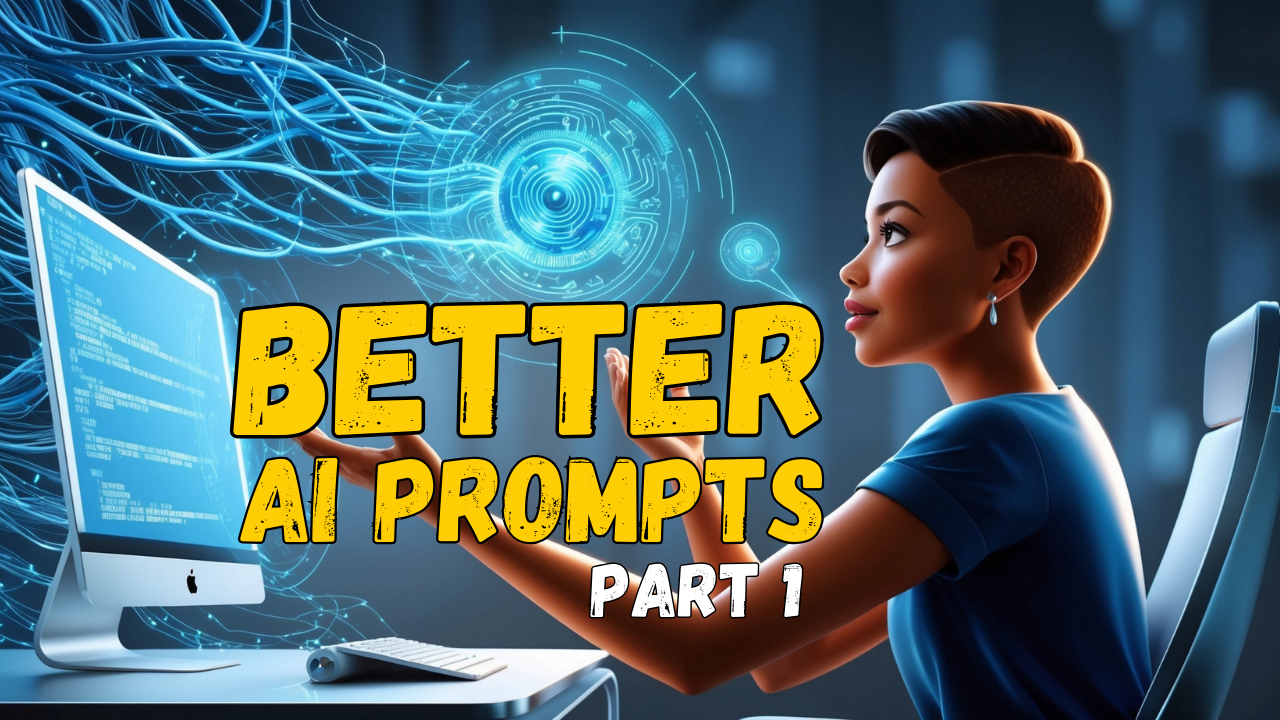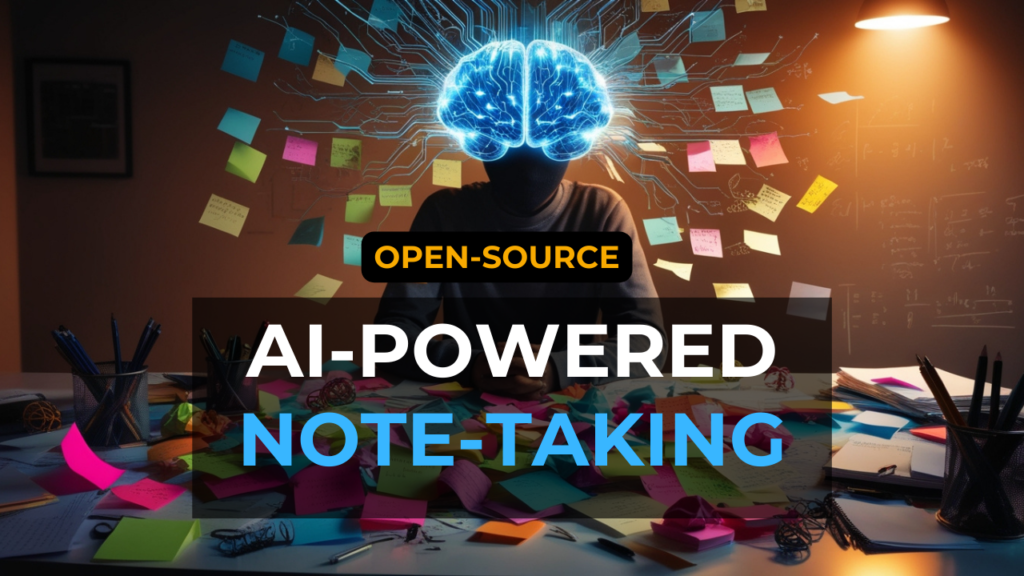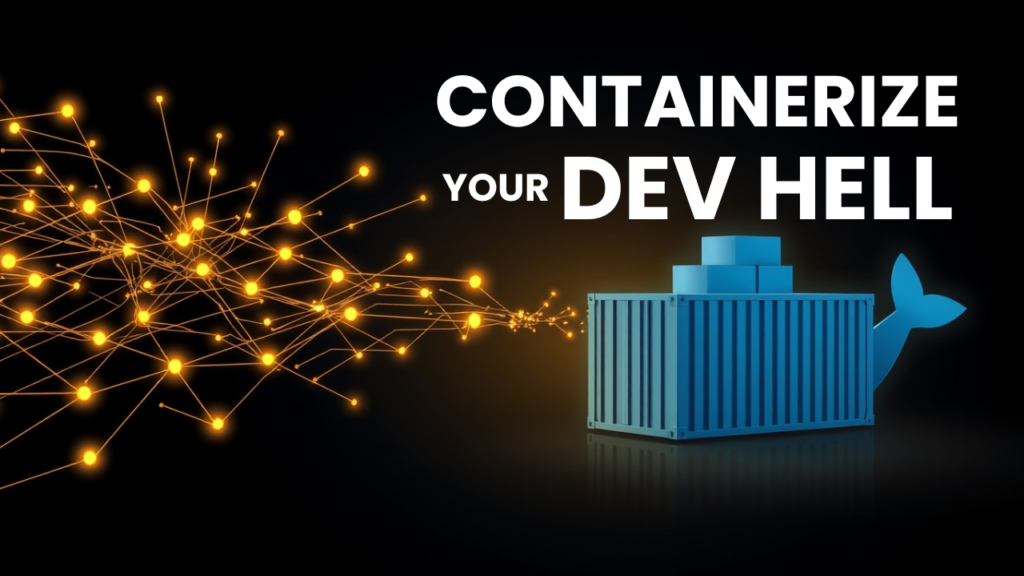Welcome to our series on writing better AI prompts through prompt engineering techniques.
Over the next few weeks, we'll dive into practical, real-world applications for large language models. We will also explore prompt patterns that improve AI's responses, making it faster and easier to get exactly what you need.
Prompt patterns are templates for making clear, consistent requests to an AI, and they come in different categories:
- Context Control
- Error Identification
- Input Semantics
- Interaction
- Output Customization
- Prompt Improvement
In this first blog post, we’ll dive into the Context Control category.
If you're more of a visual learner or simply want to see how it's done, I recommend checking out my YouTube tutorial. It covers everything step-by-step.
What is Context Control?
Context Control revolves around managing the information and background that the AI utilizes during its operation. It enables you to control and fine-tune the context in which the AI operates, resulting in more precise responses to your questions.
Two prompt patterns help in controlling the context of your conversation with a large language model: the "Context Manager Pattern" and the "Semantic Filter Pattern."
The Context Manager Pattern
The Context Manager pattern lets users guide conversations with AI by clearly setting or removing context. This helps focus the chat on specific topics and ignore unrelated details, making the AI's answers more accurate.
This pattern is particularly useful when aiming to direct the AI toward a specific topic or away from tangential subjects that might cloud the conversation's focus. It effectively allows users to highlight or omit certain context elements, maintaining the dialogue's relevance and coherence.
The Context Manager pattern helps you get AI responses that closely match the context you're focusing on. It's a way to tailor interactions to meet your specific needs at the moment.
How to Use It
To effectively apply the Context Manager pattern with a large language model, consider using statements like:
Within scope X, do YPlease consider X when doing YPlease ignore Z when answering my questionIgnore everything that we have discussed. Start over.You forgot your mission. Remember what I asked you at the beginning of our conversation!
When to Use It
Use the Context Manager pattern to guide the AI in a specific direction or focus. It's particularly useful to keep the conversation from drifting off-topic or becoming confused by earlier details. This pattern allows you to highlight or remove parts of the context, ensuring the discussion stays relevant and coherent.
Examples
`When critiquing my essay, consider the storyline and character development, but please ignore any grammatical errors or typos:` `<place content here>``Assess the financial projections and market analysis, focusing on companies operating within emerging markets. These are the numbers:` `<place content here>``Evaluate this resume, considering the candidate's technical skills and problem-solving abilities:` `<place content here>``Create a calculator app in Python. Focus on user interface and user experience, ignoring the input data for now.``Create an Instagram story for my business and specifically address the target audience and messaging within the following scope:` `<place content here>``Create a draft for a detective movie. Focus on character dialogue and plot development, without considering the visuals or special effects.``Let's start fresh and brainstorm new ideas for the project.``Within the scope of this travel schedule, propose a picturesque route that would extend our journey by just 2 hours.` `<place content here>`
The Semantic Filter Pattern
The Semantic Filter Pattern is a strategic approach to refining the output from a large language model by eliminating unnecessary or undesirable elements. This technique is akin to tidying up a cluttered space by removing what’s unnecessary, thereby streamlining the content to focus on the essentials. It's particularly beneficial for tasks like purifying data, organizing messages, or curating content to ensure it's relevant, organized, and adheres to privacy standards.
How to Use It
To effectively apply the Semantic Filter Pattern with a large language model, consider using statements like:
Filter this information to remove X
When to Use It
Use the Semantic Filter Pattern when aiming to refine or tailor information by selectively eliminating certain elements. This approach enhances the relevance, organization, or privacy compliance of the content, ensuring it meets specific standards or preferences.
Examples
`Rephrase this CV by removing any information that could reveal the gender, ethnicity, or race of the person:` `<place content here>``Remove any confidential company data before sharing it with our partners:` `<place content here>``Remove offensive language and spam responses from this customer feedback survey:` `<place content here>``Simplify this research paper by removing unnecessary jargon and technical terms for a general audience:` `<place content here>``Redact sensitive personal information in this legal document before submitting it to the court:` `<place content here>``Filter this chat log to remove irrelevant messages and keep only the important conversation:` `<place content here>``Filter this article to remove any sensitive personal data before it's shared online:` `<place content here>``I'm lactose intolerant, gluten intolerant, and allergic to nuts. Please remove any ingredients from this recipe that can harm me and replace them with other alternatives:` `<place content here>``Filter this research paper to exclude any biased or non-academic sources. Here is my paper:` `<place content here>`
Stay tuned for upcoming blog posts where we’ll dive into more prompt patterns to help you get even better results from your AI interactions.
More on Prompt Engineering
To learn more about prompt engineering, check out my book on Amazon for more insights and techniques!






